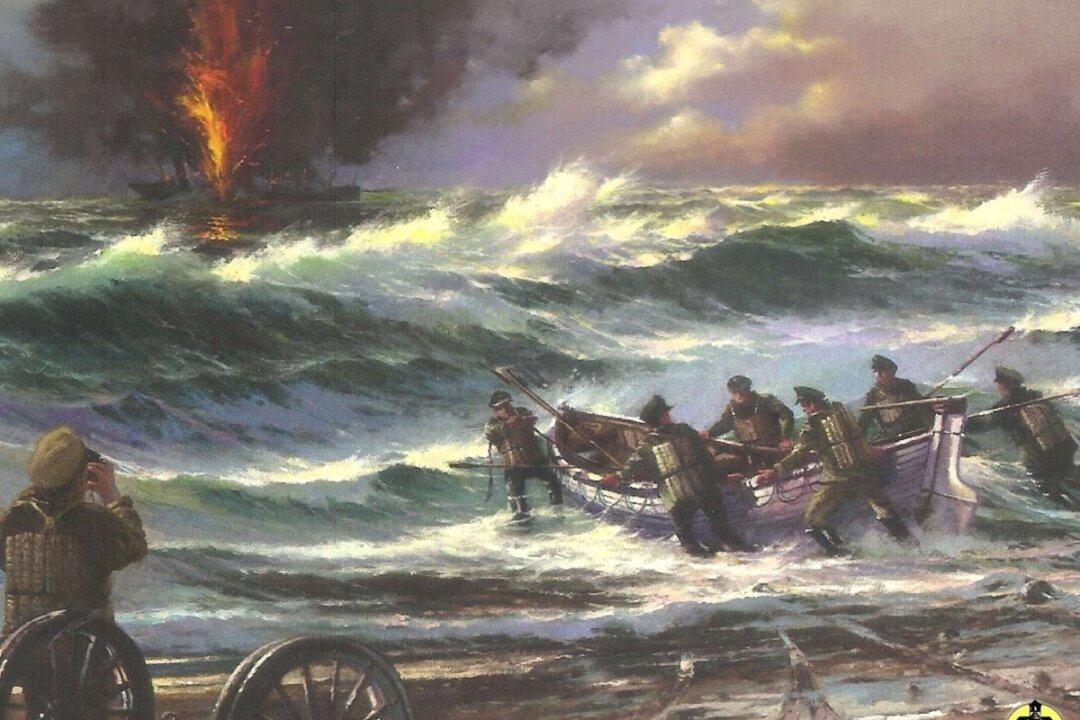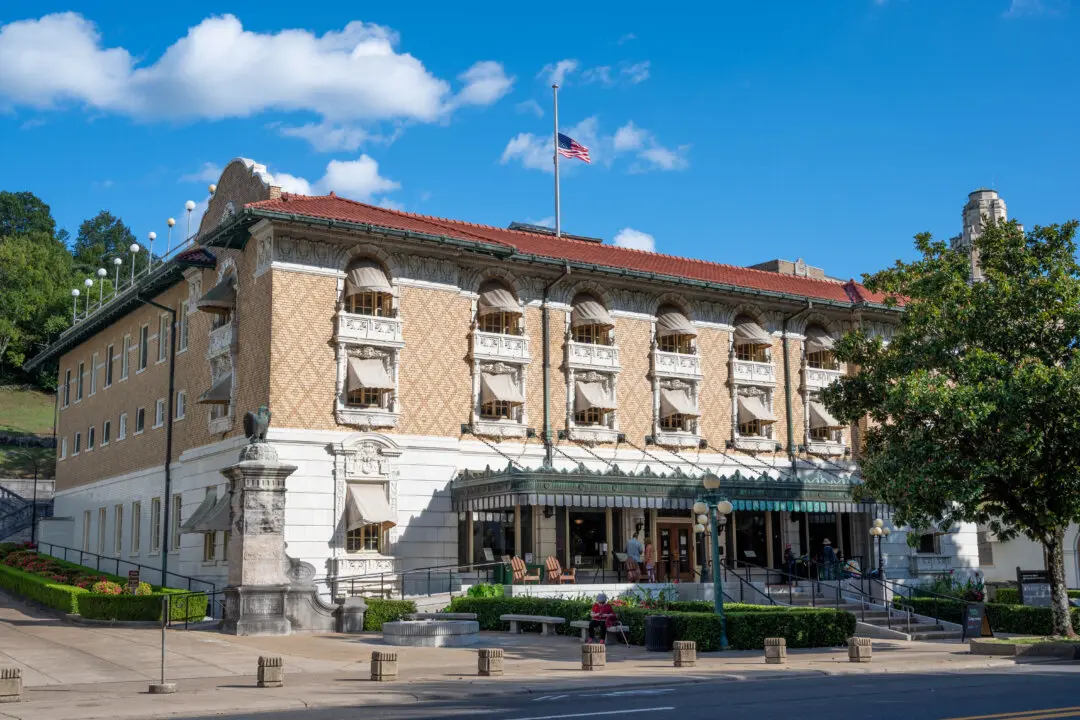Each generation of the Midgett family of North Carolina’s Outer Banks recognizes a valiant maritime rescue involving its ancestors, with one in particular distinguished for leadership above and beyond.
Two U.S. Coast Guard cutters are named after him, a book has been written about his level-headed and heroic deeds, and North Carolina’s Chicamacomico Life-Saving Station (CLS) and Museum features photographs, a documentary, books, and plenty of interesting information on Keeper John Allen Midgett, Jr. His brave guidance on the evening of Aug. 16, 1918, resulted in what the U.S. Coast Guard still regards as one of the top rescues in American maritime history.





